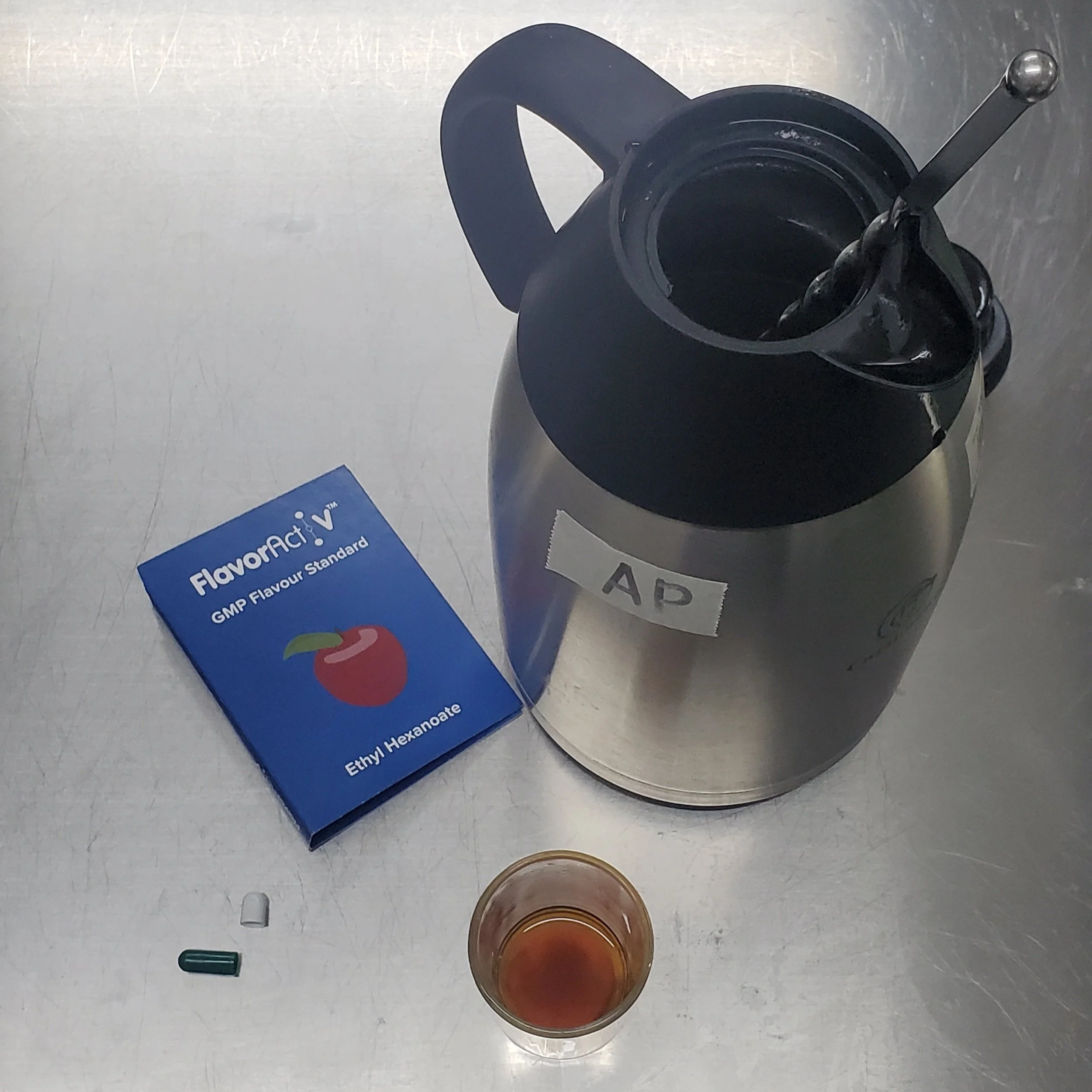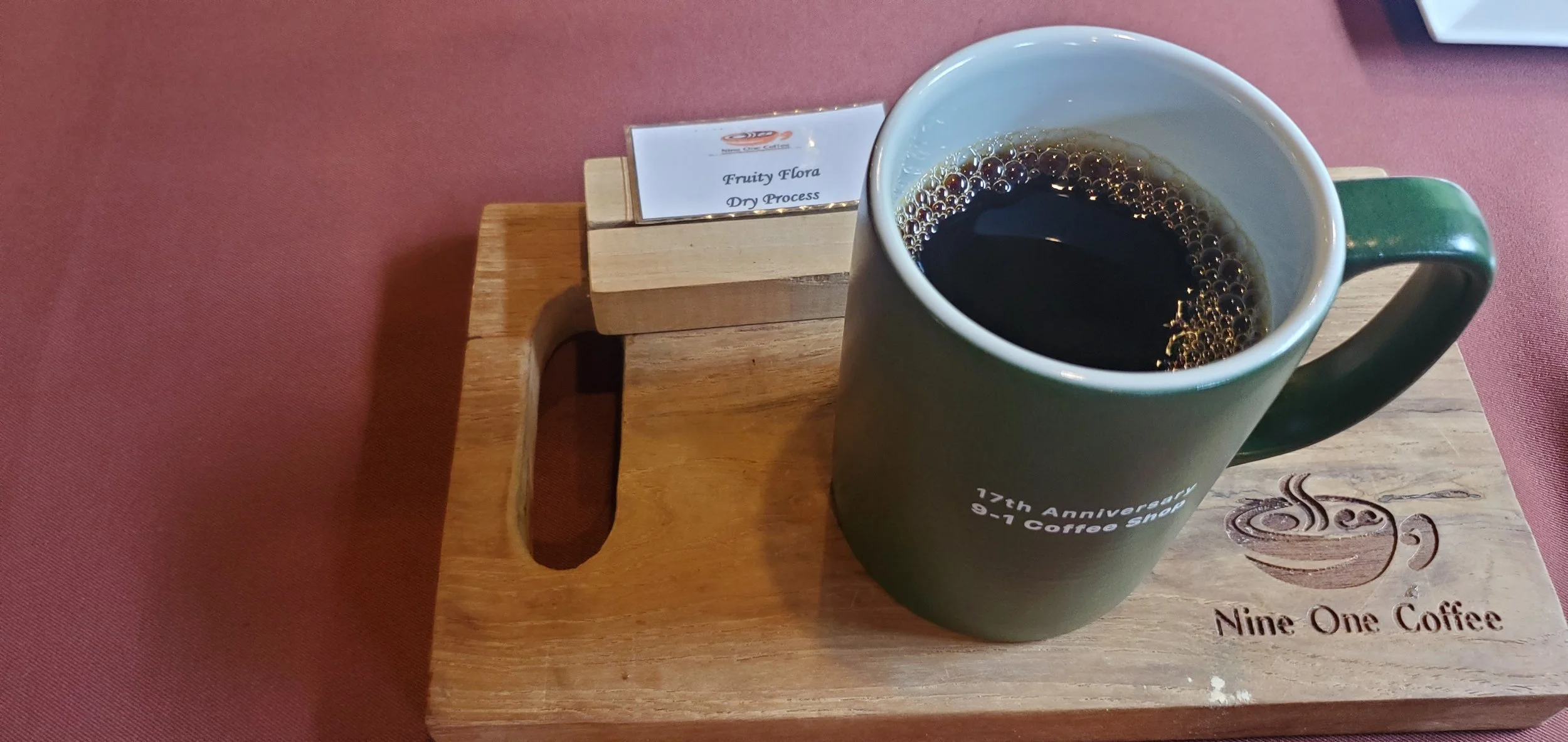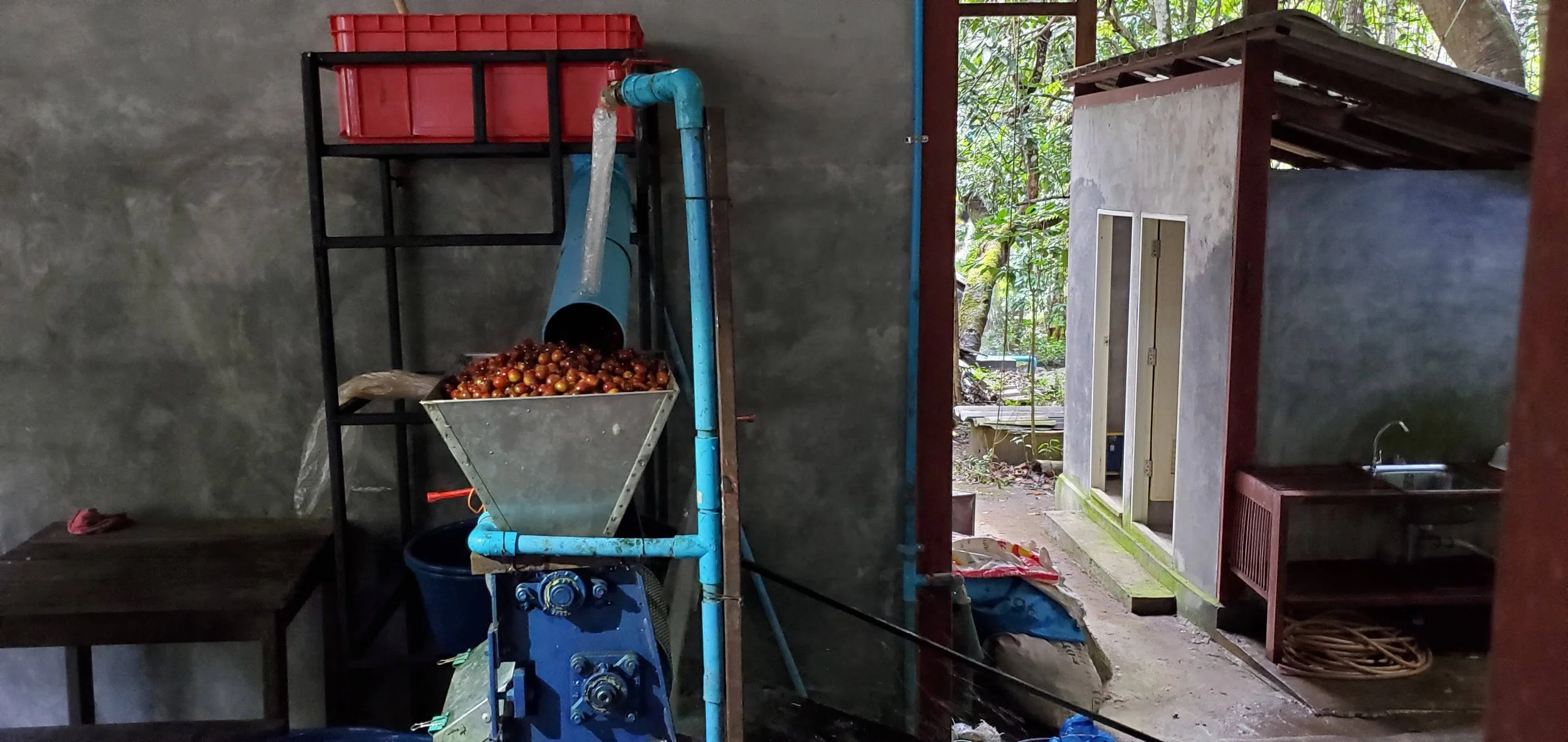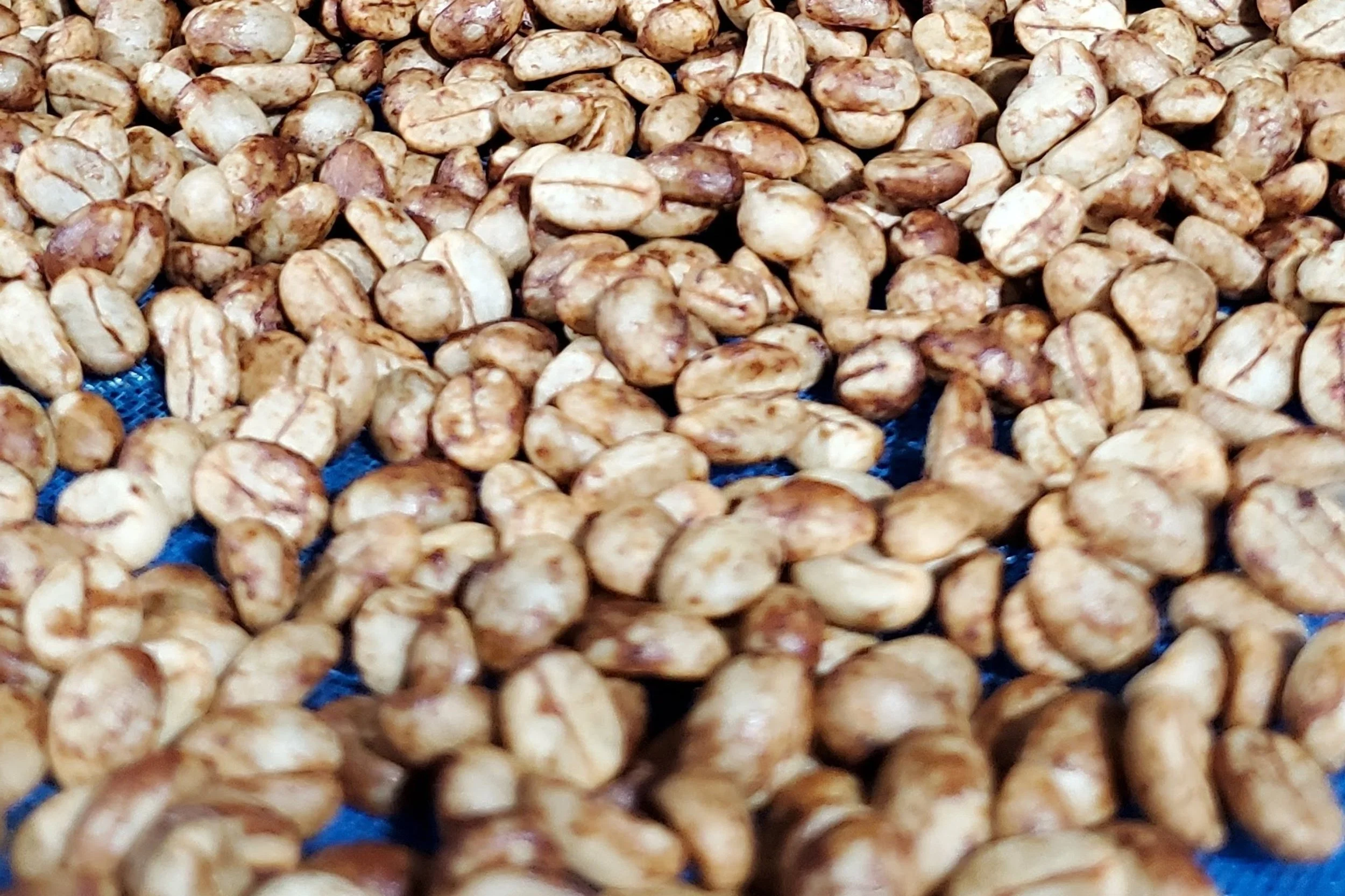Understanding Tastes and Flavors
Understanding Tastes and Flavors is one of the most excellent entry level one day sensory classes for people completely new to coffee or people who have yet to work in the sensory analysis or quality evaluation realm of coffee.
Understanding Tastes and Flavors is one of the most excellent entry level one day sensory classes for people completely new to coffee or people who have yet to work in the sensory analysis or quality evaluation realm of coffee.
People currently employed in coffee like Roasters, Machine Operators, Salespeople, Baristas, and Entrepreneurs looking to start their own coffee business all find benefit in this class.
Many individuals we’ve worked with over the years tell me they don’t understand how to describe coffee, they say they are bad at it, or that their weakest area is sensory. What we find is, those people aren’t bad at analyzing the tastes and flavors in the coffee, they just aren't comfortable or used to it.
Our culture doesn’t spend much time thinking about or describing the things we consume. If we discuss something food or beverage related, it’s usually in terms of good or bad – "I like it, I don’t like it”. Or, we might say a dish is too much or too little of something. It’s too salty, it’s not seasoned enough, it’s too spicy.
flavoractiv is used to spike a plain cold brew coffee with single flavors to aid in identification and recall.
When asked what additional classes individuals are interested in, Sensory is the number one answer. Another request we get all the time is for Q PREP class. Those of you who’ve asked will be happy to know that THIS IS A Q PREP CLASS! After completing this class, a person will have an increased understanding in completing the cupping form, specifically Flavor, Aftertaste, and Body
This class also isolates and explores our sense of taste – using solutions with individual tastes- sweet, sour, salty, and bitter with no associated smell, we can better understand these components of coffee. Usually when we eat or drink something sweet, it’s associated with the basic taste of sweet but also contains multiple aromatics and texture. For example, shortbread is sweet, but it is also buttery, caramelly, and crunchy. Or grapefruit has grapefruit and floral aromatics, but it also has sharp acidity and bitterness which can cause confusion between the two tastes. Taking the time to experience each taste on its own helps to clarify the tastes for the individual.
In addition to clarifying tastes, this class also gives individuals a chance to analyze the same coffee multiple times but each time with one flavor difference, for example an added strawberry flavor or a medicinal note. Doing this allows a person to focus on a single flavor and describe it rather than having to view the entire coffee in all its complexity and pick out all the flavor notes.
And finally, this class offers a chance to isolate some specific body terms like thick, syrupy, astringent, and spicy.
The first time we taught this course was during an ACDI/VOCA PhilCAFE project in the Philippines. We were chosen by the Coffee Quality Institute to deliver the course with Cherry Cruz and her excellent team at The Barista and Coffee Academy of Asia. This was a relatively new course offering by CQI during this time. We were excited to deliver this course and happy to see how clearly and simply the concepts of taste and flavor were broken down and received by the attendees.
The crew from this round of PhilCAFE training after tasting defects.
This is a great opportunity for coffee professionals who are interested in improving their palate with goals like increased confidence when describing coffee and improving cupping skills. We are looking forward to adding this to the offerings from CoLabOps at the Lab at Royal NY starting in May!
It’s all in the process.
In coffee, what does the process have to do with anything?
Raised drying beds and a green house at Nine One Organic Coffee Farm on Doi Saket, Chiang Mai, Thailand
In coffeeworld, we use the term “Process” to describe various methods by which harvested fruit from a coffee plant is further transformed into the GREEN seed that is either doomed OR destined to be further alchemized by our agents.
From seed to tree to cherry, pulped or dried , washed and fermented, dried and hulled, stacked by the hundreds into a metal cocoon and whisked across the globe. Once again they hatch from their burlap chrysalis and undergo yet another dance of changes, oscillating within flames where flavors both apparate and escape.
By Means of fire and various thermokinetic manipulations we coax these would-be trees into a potent potentiality potion. A dark pool, resting and whispering steam into the skies, that has discernable characteristics beyond ”Coffee “ is the result of many intentional yet mysterious transformative moments..
A mug of freshly hand-brewed dry-processed coffee from Nine One Coffee.
The dance continues. Tumultuous relief when seeds we call “beans” are broken into 1,000,000 pieces by Zen like metal. A feast for olfaction. Those nearby know this smell and adore it, what was the name from that nose tickle? Oh yes COFFEE!
It doesn’t stop at that, from the soil of a far off land, one person with or without a plan has engaged in intentional manipulation, taking the time to slowly coax with the true nature of the seeds , the songs that they want to sing, harmonizing with the sun and the soil, a perfect red cherry plucked at it’s most resonant hue. When we slow down and take a moment to not just glug the dark movement mixture that baptizes our 9-5, but to sip the vivid harmony of that just So.
When we speak of process our agents tend to speak from a technical standpoint. They talk about a very specific stage of a coffee’s journey. The point at which a farmer, or a coven of farmers, or a benevolent tree god decides the flavor fate of the seed in question. Without further fermenting this thought I’d like to provide a brief overview of 3 of the most common methods for this fundamental aspect of a coffees actualization. All of which start with picking the ripest fruit from the tree.
Wet mill located at Nine One Farm uses the natural flow of the nearby river to operate the machine.
Washed Process-
aka wet, parchment dried
Fruit is removed by running the cherries through a wet mill, typically within 24 hours of harvest. Next, fermentation occurs in a tank for up to 72 hours. Various types of agitation and floating occur to remove seeds and other materials with less than ideal density (floaters) and to fully clean the surface of the GREEN coffee. Coffee is then sent to take a little nap and rest in parchment, a protective layer like a peanut shell, before it is ready to take its next adventure on it’s way to a roaster near you!
Check out our coffee from Nine One for sale here.
Attributes- Clean and Sweet/Floral and fruity/bright Citric or Malic Acidity
The man, the legend, Nine One with his washed coffee.
Natural Process-
aka dry, fruit-dried, the original process
Ripe Cherries are harvested and then spread upon either a patio or a raised bed which may result in a higher quality coffee. Coffees will dry for up to 30 days, with meticulous monitoring, movement, and management by the farm team. The dried fruit is hulled off when the ideal moisture level is reached, and much like it’s rub-a-dub buddy the washed coffee, it is sent to take a little slumber for up to 90 days before it begins it’s next adventure.
Attributes- Berries/Wine/Funky/Syrupy Body/Acetic Acidity
Honey-
aka pulp natural, mucilage dried, black/yellow/red honey
The coffee fruit is put through a wet mill where water runs over it and the mill squeezes the seeds out of the fruit. The fruit is separated from the seeds for compost. Through the flow of water in this process, varying levels of mucilage (sticky fruit layer) are allowed to remain on the seed and dry with it as it ferments. Different amounts of mucilage are usually given different names like black honey, red honey, and yellow honey.
Attributes-Fruity/Carmel/Stone Fruits/Smooth Body
Honey processed coffee fermenting with some of the sticky-fruit layer still attached.
Our roasted Coffees from Honduras were produced by the same Farmer on the same land and with the same varieties, the difference being purely in the process. If you are interested in learning more about how process can affects the flavor of coffee first hand check out our offerings from Juan Adolfo
Words from the mysterious cast of coffeeTRON
〰️
Words from the mysterious cast of coffeeTRON 〰️
ARTO- Processing is all about the farmers and the magic of the land, it’s the story they tell of their through a cherry and how it which is aligns with their hearts.
CYRUS- Coffee Processing is a fascinating technique through which farmers and mill operators practice scientific rigor in order to achieve specific results.
HOGAN- Farmers can and should achieve maximum profits by effective use of processing techniques and also growing high yielding high caffeine crops like Robusta! I love the extra caffeine Kick!
PHONIE- PROCESSING…
HOMEBODY-I don’t know much about coffee processing tbh, but I know that I like the way Natural process coffees Taste. Especially in my French press!
BIV- Coffee Farmers are Artistes! Processing is just another tool in their arsenal in which they can shape this world and create more aesthetic bliss.












